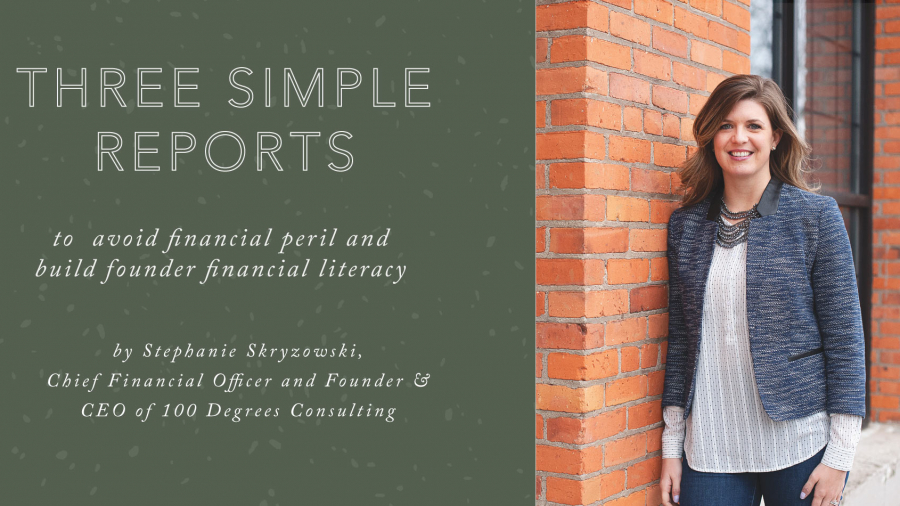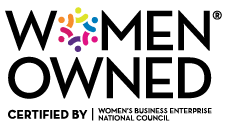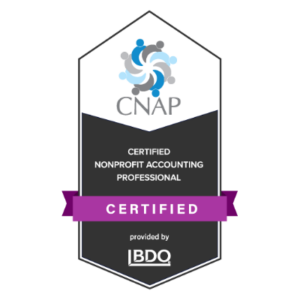I just got back from a two-day solo business retreat, and it brought so much clarity to my business, 100 Degrees Consulting that I wanted to share exactly how I did it.
A Bit of Background On My Solo BusinessRetreat
I have a team of people who help with client work, marketing, and business administration. However, I don’t have a business partner or anyone who helps create the future vision for my business; that’s all on me as the Founder and CEO of 100 Degrees Consulting.
The intention behind the solo retreat was to get me out of my day-to-day work mode to be able to think bigger, strategize, and work on big projects that are more difficult to accomplish in the typical 2-3 hour chunks of time I have in my regular schedule.
Surprisingly, I found myself two whole days without client meetings, big projects or deadlines, or major family responsibilities, so I decided it was the perfect time to get away. Here’s exactly how I carved out 48 hours for myself and my business AND came home feeling re-energized and productive so that you can give yourself and your business the same gift.
When to Go on A Solo Business Retreat:
It’s important that you have no obligations during the time you want to get away. Even just one client meeting, call, or project will distract you from the creative, strategic, big-picture headspace you’re trying to create, so clear that calendar!
Where to Take a Solo Business Retreat:
I know entrepreneurs who fly themselves halfway around the world for a solo retreat, but I wanted to make the absolute most of my time away and not spend it traveling, so I chose somewhere close to home. My criteria were that the space had to be wildly inspiring and outside of my norm – so, like, a Hilton Garden Inn wouldn’t cut it for me.
I started looking up AirBnbs within a two-hour drive, and Toronto had tons of gorgeous apartments available on my dates, so Toronto it was. The drive was the perfect amount of time to digest a few business podcasts I’d been saving, but not long enough to stop for gas or the bathroom or waste half a day in the car.
I also wanted to make sure I found somewhere with lots of conveniences. For me, that’s mostly centered around parking and food delivery! I didn’t want to deal with annoying street parking or cooking, so as long as off-street parking and Uber Eats were available, I was good. I literally had every single meal delivered directly to my door for two whole days, and it was awesome.
What to Do While Riding Solo:
About a week before my trip, I opened a Google Doc and started listing out every single thing I might want to get done while there.
The list included everything from “relax, read, journal” to goal setting, reviewing metrics, doing intensives with my team, writing five months of emails, updating my online course, planning two launches, etc. I held nothing back and listed out every possible BIG task I could think of.
I started to narrow it down by thinking about my typical work week, schedule, habits, and how I work best. I cut anything that was easily doable during my regular week (e.g., team meetings).
Then, I prioritized what was left into A and B categories.
Here’s what made the cut!
Priority A
- Goal setting – September, then the current year, then 5-year goals
- Write September through January content
- Plan coaching program January launch
- Record masterclass for Master Your Nonprofit Numbers funnel
- Make big website updates (adding calls to action, rewriting content, adjusting pages)
Priority B
- Plan Master Your Nonprofit Numbers launch
- Revamp Master Your Nonprofit Numbers course
- Records videos for MYNN launch
Priorities are set, now…
How to Get it Done:
I arrived to the AirBnb on Sunday evening and after I placed my dinner order, I dove right into goal setting. I sat out on the balcony, enjoyed the fresh air and started planning September using my PowerSheets. Pro tip: don’t burn yourself out too early into your retreat! I spent the rest of the night relaxing and organizing myself for the morning.
Since I had gone to bed at 9pm the night before, I was up at 6am and ready to roll. Because I already had a document that listed out my major priorities for my time away, I was easily able to dive in without getting distracted by email or wasting time figuring out where I should start.
That being said, I was flexible with myself. I didn’t feel like recording a masterclass first thing so I wrote email content for several hours before busting out the camera to record the masterclass.
Now, You Might Be Asking…
What If I Don’t Finish?
If you’re anything like me, you might be worried that you will walk away not having finished everything or perhaps with MORE on your to-do list from all of your brilliant brainstorming. Both were the case for me! I didn’t get to anything on my Priority B list and added at least three things to my to-do list.
Give yourself grace! I walked away refreshed and rejuvenated, with a clear plan for my focus for the rest of this year and 2020. Part of that clarity included actually NOT pursuing anything on my B list right now. So, I’m glad I didn’t waste time on it!
What About the Fam?
I am very lucky to have regular childcare for my girl on Mondays and Tuesdays, which is why it was an ideal time to go away. I didn’t have to worry about finding coverage for those days since they were already taken care of. My husband wasn’t traveling, so he just had to cover dinner and bedtime duty solo. I am wildly grateful for a support system that allows this!
What’s Next?
I certainly plan on doing another solo business retreat next year, but for now, I have the clarity I need to really focus my efforts on what will bring the greatest return for me personally and for my business, so I’m off and running!
What do you think?
How would getting away for a couple of days to work on your business change things for you?
(Need a tool to help you map out your revenue and expenses while you’re on your business retreat? Grab our Profit Playbook here!>>>)





























